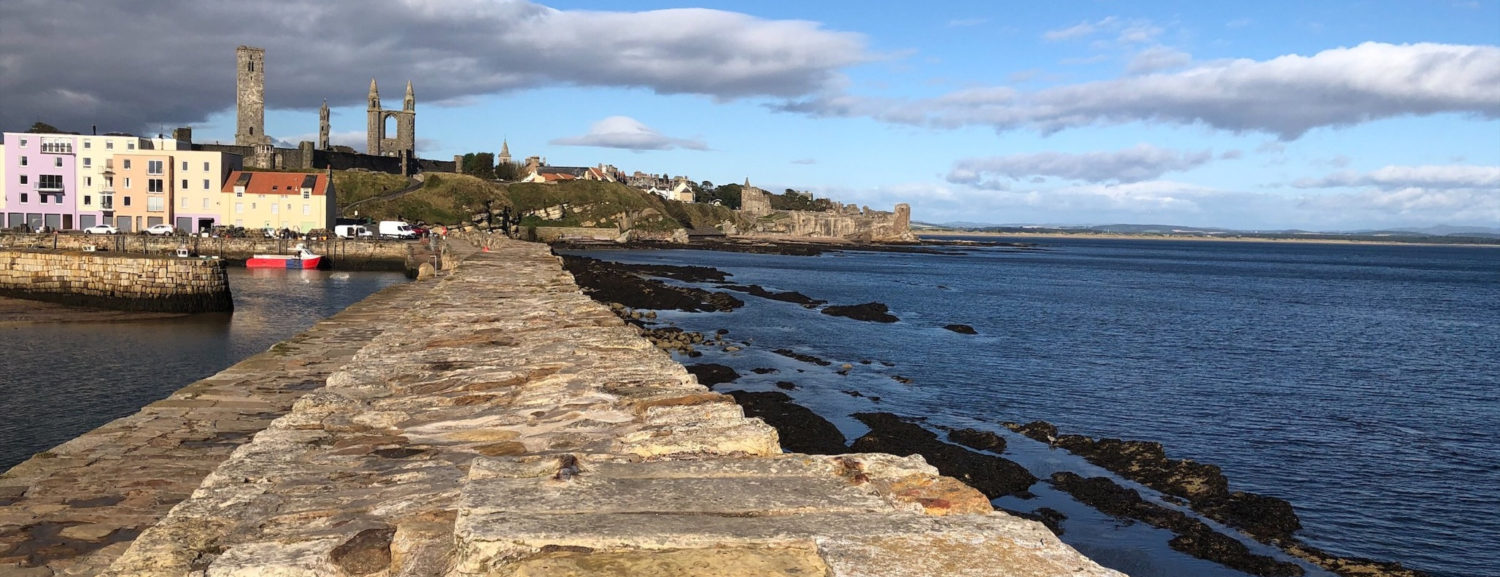It is safe to say that mathematical biologist Sir D’Arcy Wentworth Thompson II’s (1860 – 1948) life was not one of narrow interests. He studied both broadly and deeply in a variety of fields. In appearance, he was also distinctive man – tall, usually with a long beard, and could often be spotted bearing a parrot on his shoulder.
Work on Evolutionary Biology
Sir Thompson explored the concept of biological evolution from a much more mathematical perspective than the typical Darwinian view, which was predominant even in his lifetime. He used Cartesian grid transformations in attempt at modelling evolutionary processes within species. This method involved drawing animals onto 2D grids and deforming its shape in a systematic manner. While modern analyses of his work have shown that his methods had only limited success, the idea of using relatively simple grid transformations to model evolutionary transformation does appear to have some credence. It is still unclear why Thompson’s general ideas exhibit this success, and properly interpreting his morphological studies is still an active area of research.
While Thompson’s work has attracted its share of criticism for opposing standard evolutionary theory, it should be noted that his work also contradicted the idea that biological entities operated under forces which could not be explained by any physical phenomena. This misconception was known as “vitalism”. Thompson’s empirical mathematical approaches to the study of biology aided in refuting these notions.
Despite opposing Darwin’s idea of natural selection, it is worth noting that Thompson’s first ever book (a translation of a German encyclopaedia on the fertilization of flowers, with notable additions) was prefaced by Charles Darwin. The pair, however, never met in person. Thompson published the book in 1883, a year after Darwin’s death. He was also (perhaps ironically) the recipient of a Darwin Medal in 1946.
Thompson’s well-known book, On Growth and Form, inspired English mathematician and computer scientist Alan Turing, who used the biologist’s work in his 1952 research paper The Chemical Basis of Morphogenesis.
Holistic Interests and Progressive Views
In addition to his interests in mathematics and biology, Sir Thompson had a keen interest in languages and classic literature. In a 1935 Nature article congratulating him on his 50-year Jubilee of professorship, the following was said about him:
“He is, we believe, the only holder of
a chair of science who has been president of the
Classical Association, and there must be many among
those that have passed through his class-room, who
found in an elementary course of lectures on zoology
at least the beginnings of a liberal education.”
Thompson was also a polyglot. He spoke fluent English, Latin and Greek, and had basic reading and/or writing competencies in Hebrew, Arabic, Coptic and Egyptian Hieroglyphic.
Sir Thompson was part of a progressive environment whose ideas would soon become the norm for modern educational institutions. His father (who went by the same name) was an advocate for equal education of the sexes. In 1884, Thompson was the very first Biology Professor at the then young University College Dundee, a university which mandated that no one would be made to declare their religious convictions and which permitted women to study alongside men from day one. In one of his obituaries , he was described by his good friend Clifford Dobell as someone who “loved his fellow men, and women and children too, in all walks of life, and gave to them always of his best”.
Influence on Modern Art
Thompson’s style of biological drawing using grids has played a useful role in the development of 3D animation. His work has even been a direct inspiration for modern artists like Emmy-winning artist Andy Lomas, someone who has created graphic effects for popular movies like the 1999 Alice in Wonderland movie, The Matrix and Avatar.
References
https://doi.org/10.1007/s00435-020-00494-1
https://www.smb.org/history-of-the-society/
https://www.ongrowthandform.org/about-darcy/
https://www.nature.com/articles/nphys4096
https://www.sciencedirect.com/science/article/pii/S0925477317300151
https://www.andylomas.com/about.html
https://www.dundee.ac.uk/50/stories/history/
https://www.jstor.org/stable/768942
https://www.nature.com/articles/162093a0
